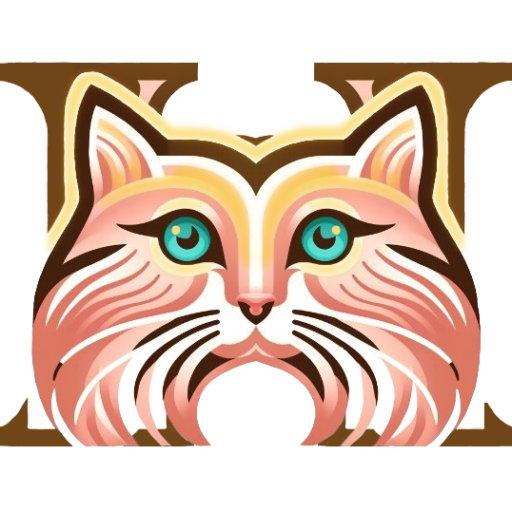For H-CAT, I see the Enneagram as five core elements: motivations, fears, desires, strengths, and weaknesses. To me, the specific types are secondary. It’s more about organizing the dominance of various general “motivations, etc.” and tailoring each to the character. I use these as flexible guidelines, not strict rules. They are meant to be broken in dynamic situations and adapt over time. This adaptation helps reflect and track character development.
In terms of the conceptual personality quizzes and forms on H-CAT, I envision them as tools. They could structure and organize personality traits to aid in role playing or writing consistent character interactions.
Here’s an example of the core, motivations, organized by dominance for a character from Hazbin Hotel.
1. Dominant Motivation(most likely): Motivated to be in control and avoid vulnerability.
– Annotation: Strategic control over situations and reluctance to show any weaknesses. Interactions often reflect authority and constant effort to manage vulnerabilities through domination and power dynamics.
2. Tertiary Motivation(second most likely): Motivated to experience pleasure and avoid pain.
– Annotation: Enjoyment in manipulating events for entertainment, seeking pleasurable experiences that also serve strategic interests.
3. Auxiliary Motivation(3rd most likely): Motivated to understand and gain knowledge.
– Annotation: Intellectual curiosity and use of knowledge to maintain and expand influence. Actions that often involve a deeper analysis or understanding, solidifying control.
4. Inferior Motivation(during vulnerability): Motivated to maintain inner peace and harmony.
– Annotation: Surfaces mainly in rare moments of vulnerability where control is threatened, revealing a hidden layer of personality that seeks emotional stability and inner peace.
You can try the test on code pen.
